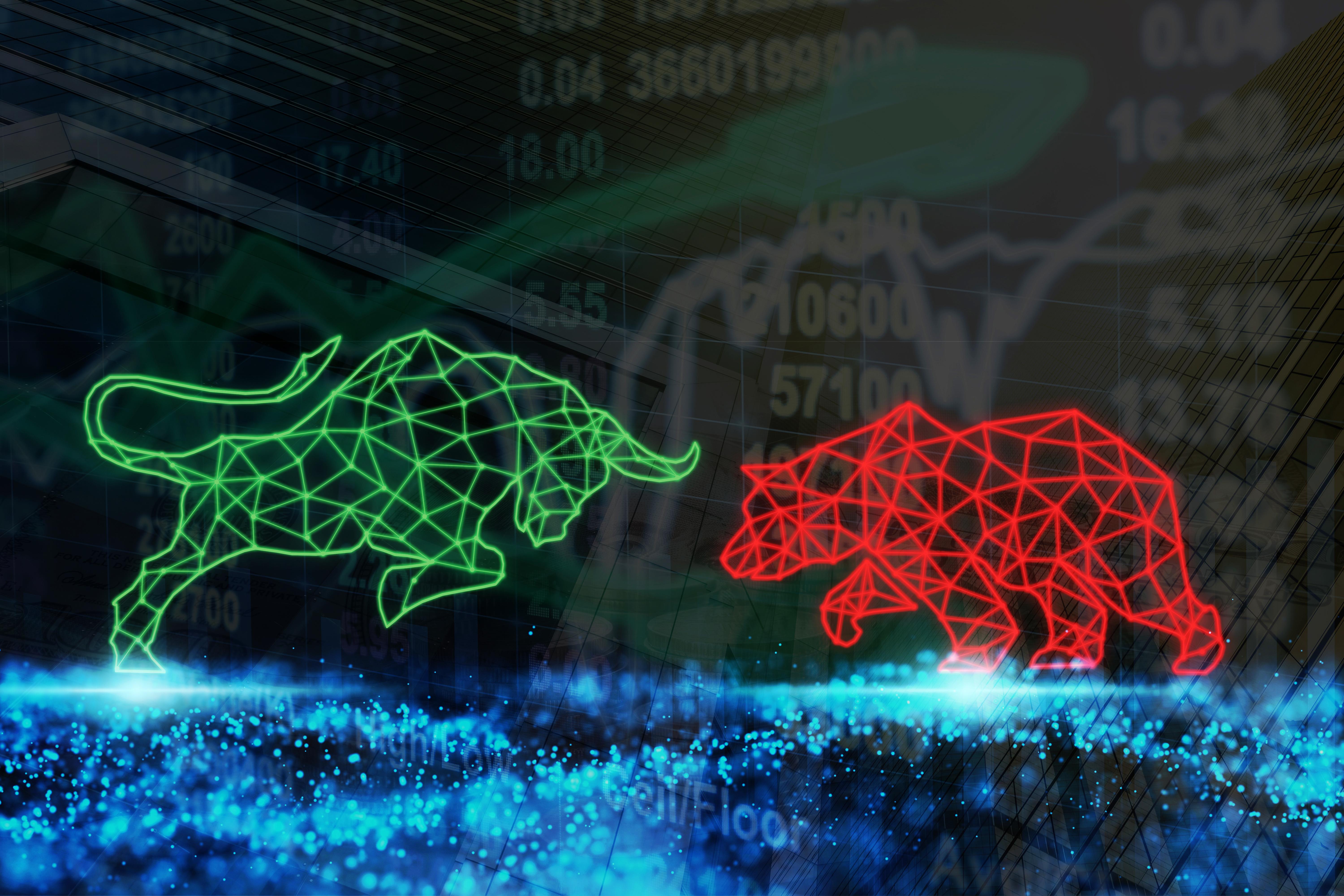US Stock Markets: What Are Bears Up Against?
US stock markets have rebounded sharply from their March lows. The Nasdaq Composite turned positive for the year in Thursday’s trade.
Sept. 4 2020, Updated 6:57 a.m. ET

- US stock markets have rebounded sharply from their March lows. The Nasdaq Composite turned positive for the year in Thursday’s trade.
- The Dow Jones Index and the S&P 500 are still down for the year. Looking at the economic data points, COVID-19 has been a big challenge for the global economy.
US stock markets: Nasdaq Composite turns positive
US stock markets have staged a remarkable rebound from their March lows. April was the best month for US stock markets since 1987. Markets have recovered after the initial crash in May. The Nasdaq Composite (NASDAQ:QQQ) turned positive for the year in Thursday’s trade. The Dow Jones Industrial Average (NYSEARCA:DIA) and the S&P 500 (NYSEARCA:SPY) are still down 16.3% and 10.9% in 2020. The Dow Jones Index and the S&P 500 have also rebounded sharply after falling to multiyear lows in March.
Dow Jones Index and the S&P 500
The consensus view is very bearish on US stock markets. Fund managers like Paul Tudor Jones and Jeffrey Gundlach expect US stock markets to crash and form a double bottom. Several other observers said that US stock markets have run ahead of their fundamentals. However, bears haven’t had much success since March 23 when US stock markets bottomed out. Let’s look at the bullish and bearish thesis for the US stock markets.
US stock markets: The bearish thesis
Bears point to the sharp economic downturn amid the pandemic. Global economic activity will likely fall sharply this year. Macro risks are rising due to a possible escalation in US-China trade tensions after the pandemic. There are rising fiscal deficits at a time when the global debt-to-GDP was at record highs last year. Also, there’s the risk of a possible second wave of infections as economies gradually reopen across the globe. Incidentally, Berkshire Hathaway’s chairman, Warren Buffett, didn’t find many attractive opportunities even though US stock markets crashed in the first quarter. Notably, he exited all airline stocks.
Bears also say that the pandemic could leave a deep scar on the global economy. The recovery might not be V-shaped.
Morgan Stanley’s view
However, the FOMO (fear of missing out) counters the fundamental weakness. Andrew Harmstone, the head of global balanced risk control strategy at Morgan Stanley Investment Management told CNBC, “The fear … of missing out, or another term for that traditionally has been greed, right? It is definitely playing a role in the current market.” Interestingly, Morgan Stanley’s chief equity strategist for the US, Mike Wilson, is bullish on US stock markets. He sees gains in beaten-down sectors like banking.
Apart from the FOMO, bears are up against central banks and federal governments. The US Fed lowered the rates to zero in March only. Globally, central banks have signaled that they’re ready for a “’whatever it takes’ moment.” Markets are pricing negative interest rates in the US too.
Bears versus “whatever it takes”
The US government isn’t done after the $2.3 trillion stimulus package. Globally governments have opened their purse strings even if they weren’t that deep in the first place. With central banks and federal governments in a “whatever it takes mode,” bears might have to wait until fundamentals ultimately catch the US as well as global stock markets.
There are plenty of macroeconomic risks that investors should watch for after the pandemic ends. Currently, FOMO, economy reopening, and unprecedented support from central banks and governments have been lifting US stock markets.
